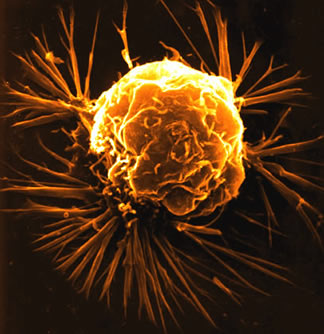The International Agency for Research on Cancer (IARC) acts as an intergovernmental agency that forms part of the World Health Organization (WHO) of the United Nations (UN). It has its main offices in Lyon, France, and conducts and coordinates research into the causes of cancer.
IARC Classification
IARC categorizes various substances and mixtures thereof into five categories based on its cancer-producing capability as far as available scientific studies indicate.
Group 1 Agents are scientifically confirmed carcinogenic to humans.
Group 2A Agents are probably carcinogenic to humans based on available studies.
Group 2B Agents are possibly carcinogenic to humans.
Group 3 Agents are probably not carcinogenic to humans. So far there is only one substance placed in this category--caprolactam.
Credibility
Critics of IARC have claimed that it has become susceptible to industry influence and suffers from lack of transparency.
In 2003, Lorenzo Tomatis (IARC director, 1982-1993) was barred from entering the IARC building after he accused IARC of "softpedaling" the risks of industrial chemicals [report] in a 2002 article. In the same year, 30 public scientists signed a letter targeting conflicts of interest and the lack of transparency in the agency.
In the 2002 article, "The IARC monographs program: changing attitudes towards public health," published in the International Journal for Occupational and Environmental Health, Tomatis reported that, contrary to the usual practice of not using "unpublished or confidential data, so readers could access the original information and thus follow the groups' reasoning," the 1994 change in IARC policy "appears to have attributed less importance to public health-oriented research and primary prevention, and the Monographs program seems to have lost some of its independence. Criteria for evaluating carcinogenicity related to mechanism(s) of action are not necessarily used as originally intended, to ensure better protection of public health."
Tomatis concluded that "evidence for carcinogenicity provided by the results of experimental bioassays has been disregarded on the basis of only suggested mechanistic hypotheses. If tests show those hypotheses to be incorrect, or if they do not account adequately for the wide range of susceptibility in humans, seriouis consequences for public health may follow."
A Way to Selective Use
As the question over IARC independence remain unsettled, any substance placed in the IARC Classification will be subject to doubt and the issue on safety becomes very uncertain. The only way to still effectively use this classification for health-risk prevention is to continue to avoid those listed under Groups 1 and 2, and disregard the substances under Group 3 as something indefinitely dangerous. Business interests normally can be found under Group 3, which can be used to support "unfounded" claims for non-carcinogenicity. That is a conservative approach in skirting around the question on credibility and independency of IARC.

Comments
Post a Comment